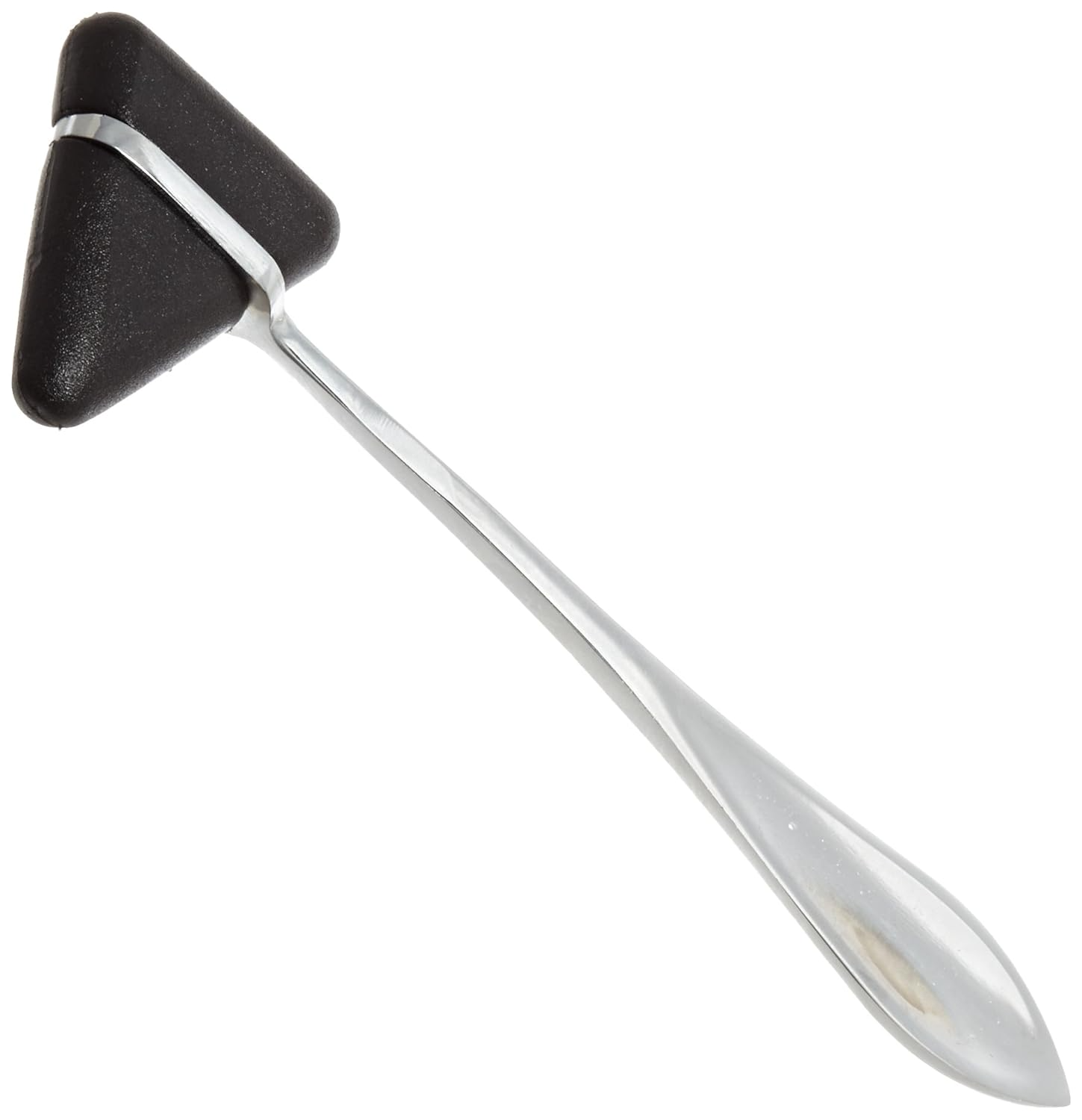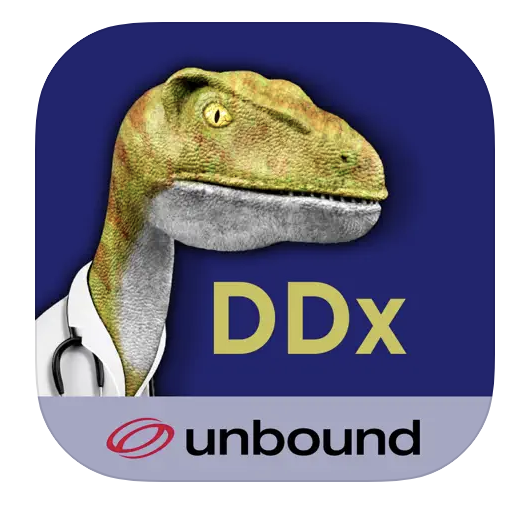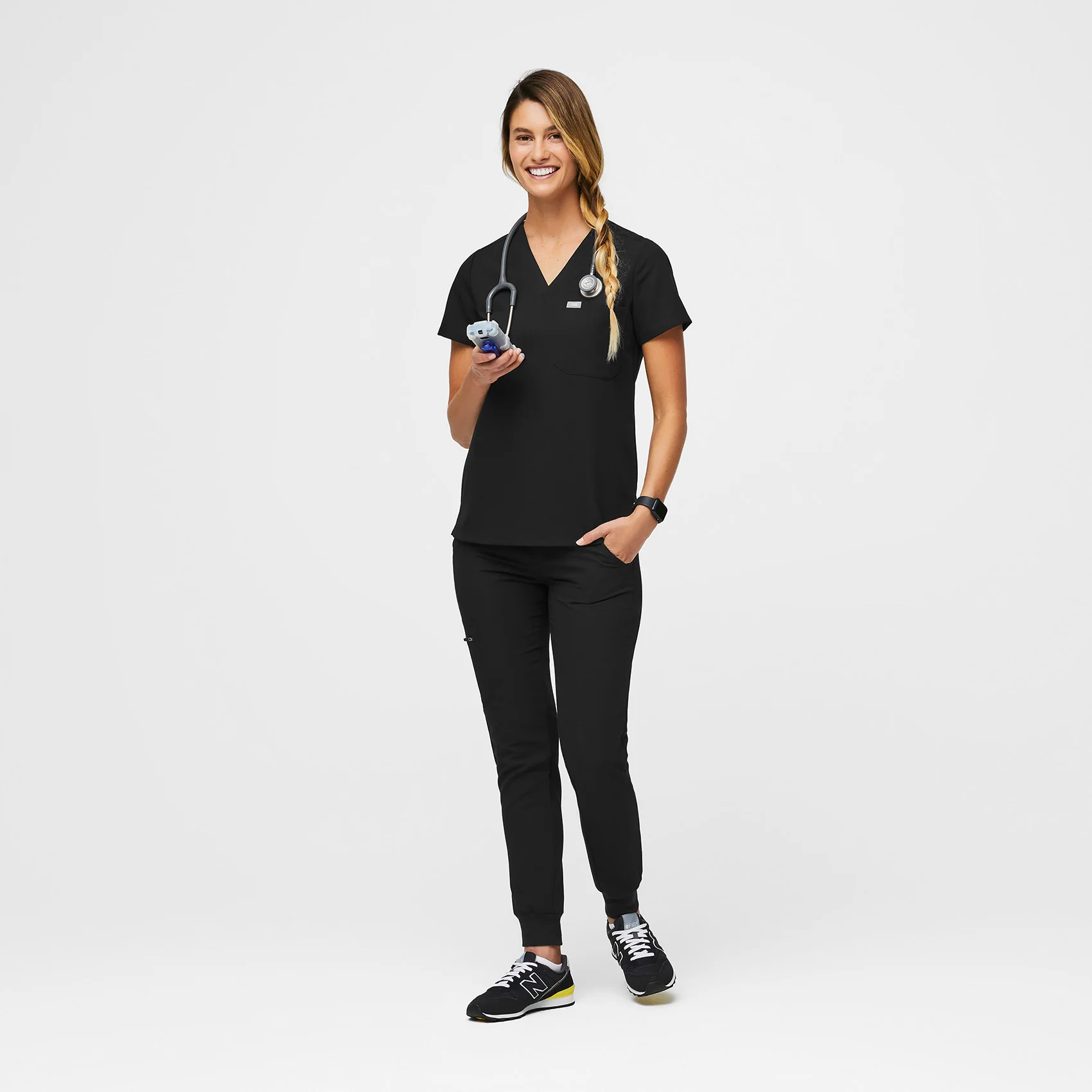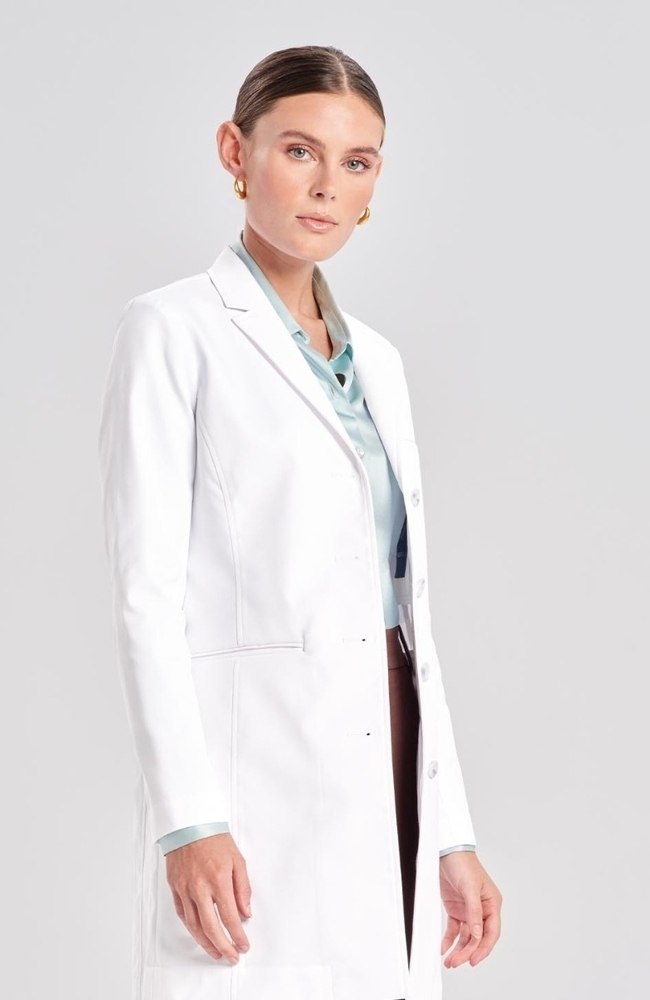7 Daily Essentials for MD’s
SUBTITLE: The things I use most often as a doctor
There are a few things I use all the time at work as a physician that you may find helpful in your own clinical practice.
The following list has been tested and tried in the fire of daily medicine.
Some of what you’ll find below I used more often as an internal medicine resident (e.g. pocket guides), and some I now use more often now as a practicing physician (e.g. reflex hammer).
For those just starting out, this gives you a general sense of what you might need.
#1 Stethoscope
Duh. We’re doctors. We wear stethoscopes.
The undisputed brand winner in my view, is Littmann. Granted, it’s the only brand I’ve ever used, but doesn’t that say something? I was never tempted to look elsewhere.
These bad boys will last you years and years, so I recommend getting the one you want to use for 10+ years up front - meaning when you buy it as a medical student, buy what you need for the specialty you plan to go into.
For those aiming for orthopedics, you can probably get away with a Littmann II or III. For those gunning for cardiology or internal, you might consider the Littmann IV.
Personally, I went with Littmann IV and I’ve been very happy. You can buy it from amazon or elsewhere.
There are tons of colours to choose from. I went classic with black and champaign. Highly recommend.
(Image source: stethoscope.ca, accessed on Jan 28 2024)
#2 Reflex Hammer
You’ll need a reflex hammer for your neurology, internal medicine, geriatrics, and possible family practice rotations.
If you intend to go into any of these specialties, you might want to invest in a high-quality hammer. If not, a cheap one will get you through.
Personally, I waited until I was in geriatric medicine to buy the one shown below - it works great and looks oh so pretty.
(Image source: amazon.ca, accessed on Jan 28, 2024)
Or, as mentioned, this one for only $13.99 will do equally fine. It just doesn’t have quite the same “I-feel-happy-when-I-look-at-you-vibes”.
(Image source: amazon.ca, accessed on Jan 28 2024).
#3 Pens
Although most places have converted to electronic medical records (EMRs), you still can’t survive without a pen.
How will you jot down tasks you need to do during the day? Patient phone numbers? The potassium level?
Personally, I like my pens to make me smile every time I use them. Maybe not on the outside - medicine is serious stuff folks - but on the inside.
(Image source: amazon.ca, accessed on Jan 28 2024)
#4 Pocket Guides
There is a lot to learn in medicine. Over the last 50 years, our knowledge has grown exponentially, to the point that our medical knowledge now doubles every 73 days.
Suffice is to say, you can’t keep that all in your head.
While some apps like UptoDate (which require a subscription), or Buddy Call (free) can be great guides, I also really liked having a hard-copy that I could have on hand.
While I don’t use them every day now as an attending, pocket-guides are a must for those starting out their journey in medicine. My top two suggestions are:
1) McMaster Resident Survival Guide
I trained at McMaster University (the birth place of Evidence Based Medicine), and we were given a resident survival guide when we started. You can still buy it from the campus bookstore, and it’s updated every few years.
My own copy is now filled with scribbles in the margins, of things I clarified or clinical pearls from attendings or senior residents. In my opinion, there is no substitute for reading and writing with your own hands.
(Image source: campusstore.mcmaster.ca, accessed on Jan 28, 2024)
#2 Pocket Medicine
Another classic you’ll find on the wards, Pocket Medicine has in-depth guides to common presentations and problems you’ll find in internal medicine.
Even when not on your internal medicine rotation, this book can come in handy when you’re manning the wards on call.
(Image source: amazon.ca, accessed on Jan 29 2024)
#5 Medical Apps
This is a much larger topic to which I will dedicate an entire article in the near future, but for now, the two most important apps that I use all the time are:
1) UptoDate (requires a subscription)
UptoDate is filled with the latest evidence and expert guidance on how to diagnose, treat, and manage what feels like every single medical condition known to us at the moment. A must for when you don’t know what to do, and need somewhere to quickly find out.
2) Diagnosaurus® DDx
When I bought this app it was free - I believe there is a fee associated with it now.
It is sooo worth it though. The app gives you a nice, crisp, easy list of differential diagnoses for different symptoms that you might encounter.
I have found it invaluable for long nights on call when my sleep-deprived brain was at risk of forgetting to think about a particular cause or condition to explain what was going on.
#6 Scrubs
I have a separate dedicated post on what to wear on the hospital wards, which includes a few options for scrubs.
For berevity, I’m only listing my hands-down favourite brand - Figs.
They are well-made, have a good colour and fit selection, and feel like they were really made with healthcare workers in mind.
While the upfront cost might feel like a lot, you’ll wear them so often that the cost-per-wear is vey low. For example, I’ve worn one pair over 90 times already since I purchased them 6 months ago. That’s less than $1 a wear.
(Image source: wearfigs.com, accessed on Jan 29 2024)
#7 White Coat
There’s a larger discussion around wearing white coats in today’s healthcare space (see this article for more), but if you are interested in wearing one, this is the one I use.
It was gifted to me by a mentor when I started my geriatric medicine fellowship.
She very kindly had it personalized with my title (Dr. Olivia Geen, Geriatric Medicine), which I find patients like because they can actually see my name (vs what’s nearly invisible on the tiny ID badges we were).
(Image source: medletia.com, accessed on Jan 28 2024)
I think that’s enough things to buy for one day - hope you find these items as useful and timeless as I have!
xoxo
Olivia
Dr. Geen is an internist and geriatrician in Canada, working in a tertiary hospital serving over one million people. She also holds a masters in Translational Health Sciences from the University of Oxford, is widely published in over 10 academic journals, and advises digital healthcare startups on problem-solution fit and implementation. For more info, see About.










